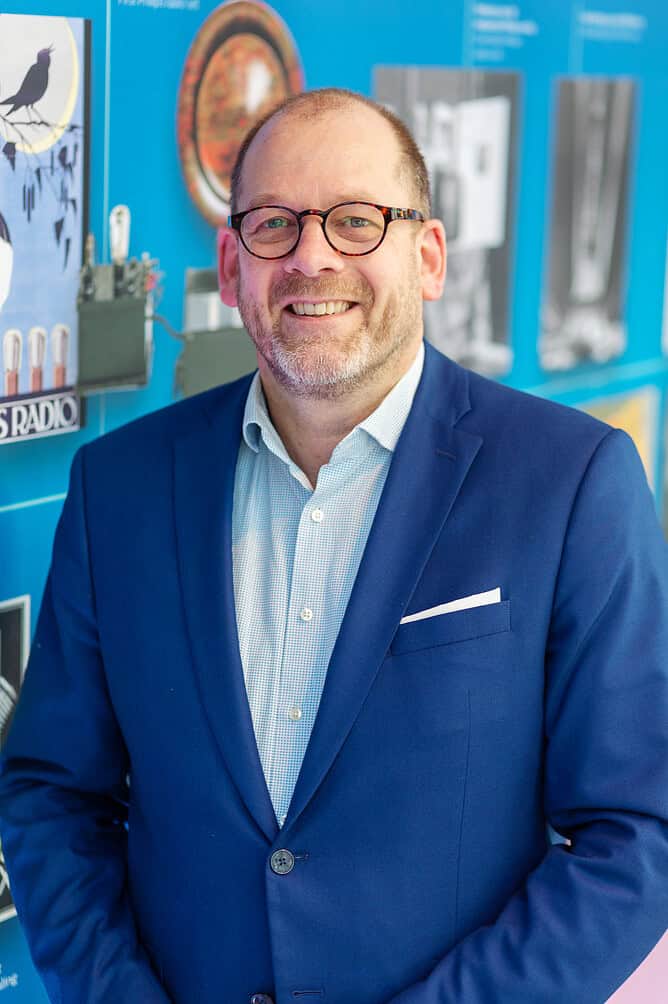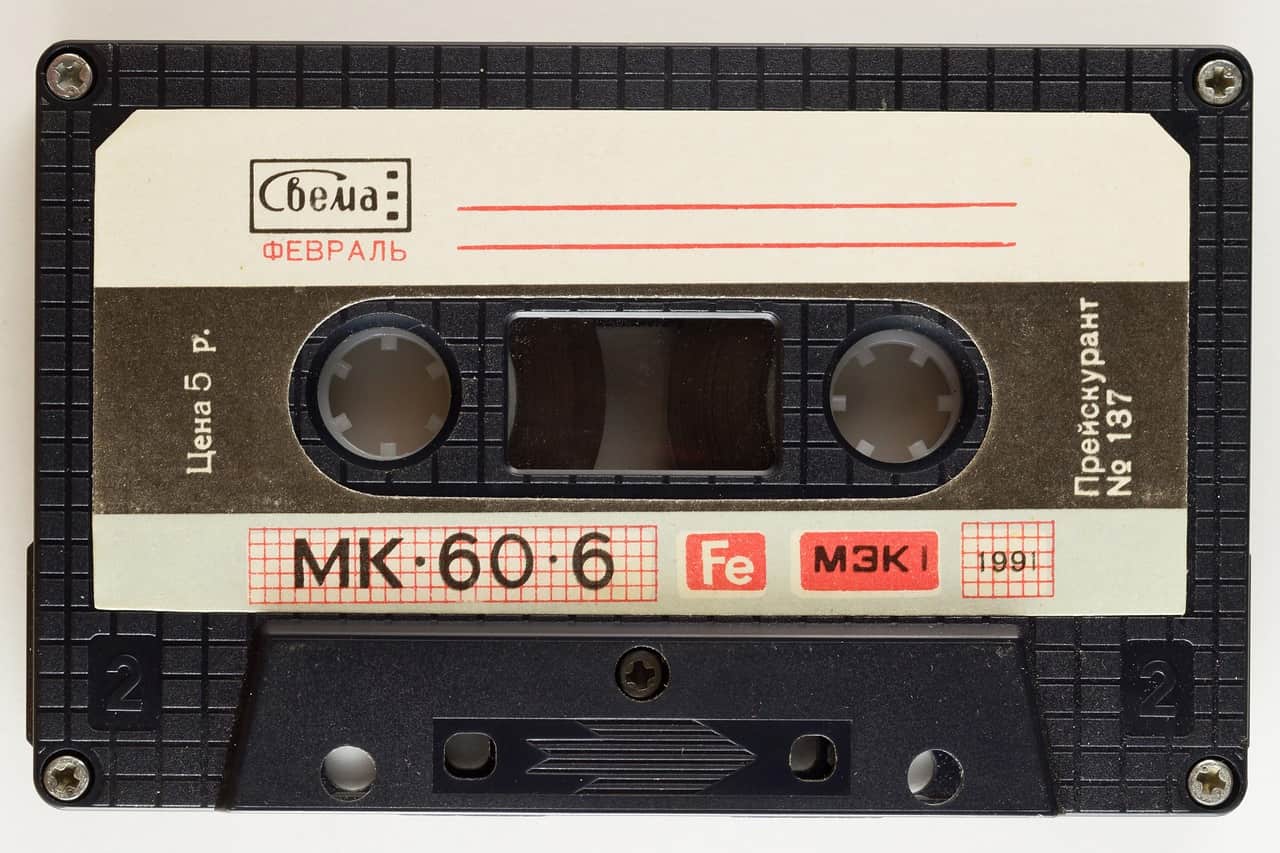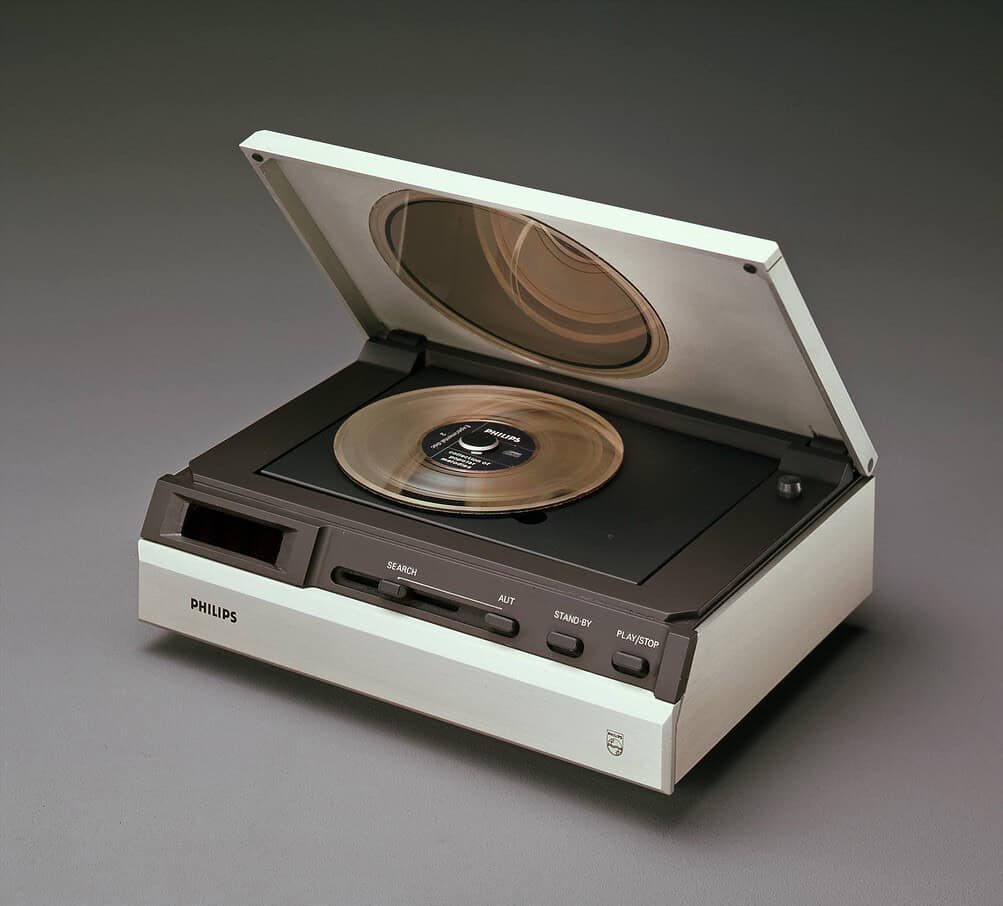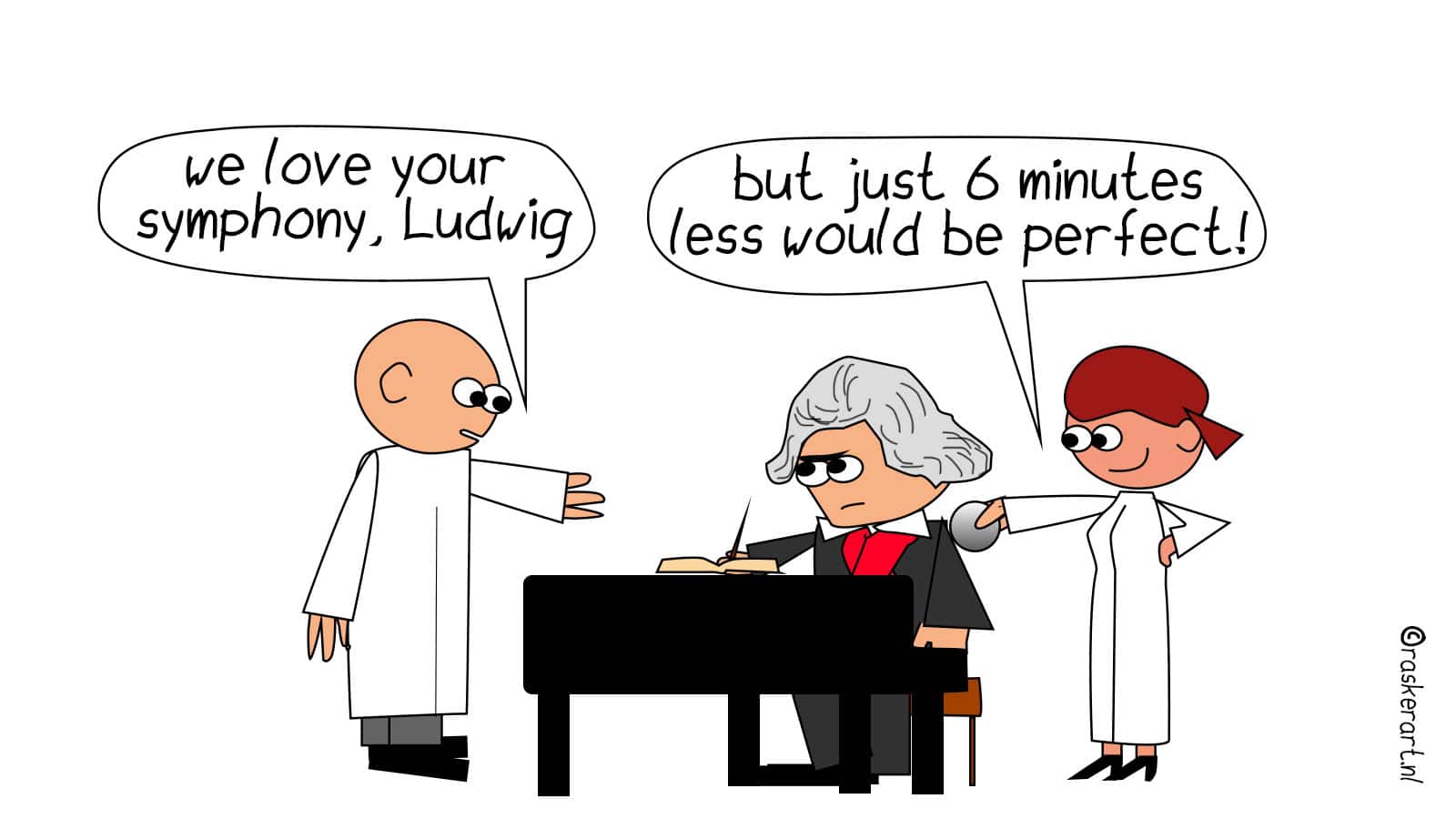
Before streaming services and smartphones existed, there was the CD. We cycled through wind and weather to get our favorite artist’s latest CD. What seems cumbersome now was a revolutionary invention half a century ago. This “world hit” of Dutch origin not only turned the music industry upside down. “It provided groundbreaking developments in the medical world and in the field of data storage,” says Sergio Derks of the Philips Heritage Organization in Eindhoven.
Why this is important:
The technology of the past still impacts the world today. So has the CD.
From film to music

We can certainly call the CD (compact disc) a huge success: it is estimated that more than 200 billion copies of the compact, shiny disc, 120 millimeters in diameter, have been sold worldwide. If you want to know where the CD found its origin, you have to go back to the 1970s. “At that time, the so-called video longplay system (VLP) was developed for feature films, which was the basis for the small music disc,” Derks quips. The system included a laser beam to read the data on an LP-sized disc. The iconic science fiction film 2001: A Space Odyssey (1968), for example, was released this way. “But this system did not become a commercial success because consumers purchased a VCR. Philips came up with the idea of using the disc to store and play music. Thus was born the CD, after the system was further developed and optimized.”
A joint effort
The success of the small disc cannot be attributed to one individual inventor. It was a joint effort between teams within Philips and Japan’s Sony. Philips provided the lion’s share of the effort, while Sony was responsible for a quarter, with a strong focus on digitization. “Philips already had a leading research laboratory at that time. The company is known for its strong focus on innovation. From this mindset, groundbreaking developments regularly emerge. For example, the company made important contributions to the development and refinement of X-ray and MRI systems. The well-known cassette tape also comes from Philips.

Pinkeltje

A first prototype was made in 1979. The funny thing is that during the press presentation, people were shown a tiny CD player called Pinkeltje, named after the famous gnome from children’s books. “What was not shown, however, was that behind a curtain was a huge device to control the electronics for reading the disc.” At that time, the technology was not sufficiently advanced to integrate everything into a small device. Three years later, it was with specially developed ICs (integrated circuits). The first Dutch pop CD released at the same time was Doe Maar‘s album 4us in March 1983.
101 advantages
The CD came after the cassette tape, which in turn came after the LP. Derks: “That little silver disc meant a huge leap forward.” In addition to a clear sound, the CD is much less fragile. On LPs, the sound was quickly disturbed by dust. Moreover, the record was easily scratched. Compared to the cassette, the CD also offered numerous advantages, such as being able to easily skip and rewind songs.
The Dire Straits
At first, mainly classical music was released on CDs. “Lovers of classical music chose CD because of its purity. Silence is also really quiet; you don’t hear ticks or ‘rumble’ from the record player. The story goes that Philips originally developed a disc for 68 minutes of music. However, a director at Sony wanted the complete Ninth Symphony of Beethoven to fit on one CD, which was 74 minutes. Therefore, the disc became slightly larger than originally planned.”
Except for PolyGram, Philips’ record company, the music industry initially wanted nothing to do with the CD. That changed in 1985 when Philips sponsored a major promotional tour for the Dire Straits and released the new album Brothers in Arms on CD. It proved to be a decisive move: more than a million copies were sold for the first time. “While record companies initially looked at the cat out of the tree, after this success they thought: hey, there’s a future in that after all. In the years that followed, the CD turned the music industry completely upside down. Many people replaced their record collection with CDs, which caused a huge growth in sales.”
The medical world
The invention revolutionized not only the world of music but also many other industries. Indeed, from the CD emerged the CD-ROM, which stores data. While the data on an audio CD is divided into a number of “tracks,” a CD-ROM typically contains only one track (a large amount of data). An important step in the IT world, and moreover for education, to develop interactive and multimedia educational programs with. Thus, teaching materials were soon developed and put on a CD-ROM in preparation for the Cito test.
In addition, the impact of CD extends to the healthcare industry. For example, X-rays could be stored digitally on CD, which facilitated the exchange of data between medical institutions. The CD laid the foundation for the DVD. A DVD player contains a lens that acts as a kind of microscope through which data can be quickly read. “Thanks to this technology, thousands of tissues and biopsies can also be examined at lightning speed, for example for the detection of cancer cells. This illustrates how Philips has contributed directly and indirectly to innovations in medical technology.”
A resurgence
Since the introduction of the special disc, the music industry has now gone several steps further. Nowadays, we listen to Harry Styles and Billie Eilish digitally via streaming platforms. Yet the CD seems all but forgotten. CD sales grew 5 percent to 16.1 million euros in 2023, compared to the previous year. Metal bands like Bring Me the Horizon and artists like AURORA are still releasing CDs. Derks concludes, “It brings people back to their youth for a while. You can physically hold the cover, open it, and put it in the player. It’s like a ritual. The CD is tangible; the music you stream is abstract. And sometimes you still like to have something in your hands.”








